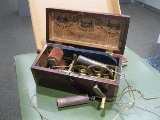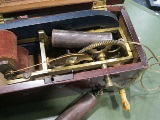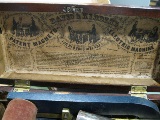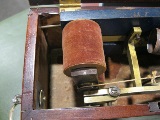Medicine in the New South
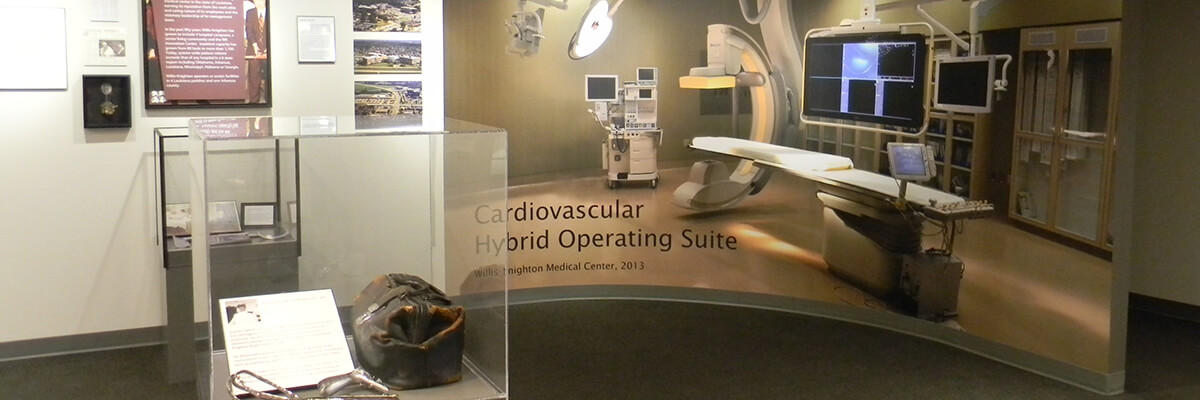
Medicine in the New South
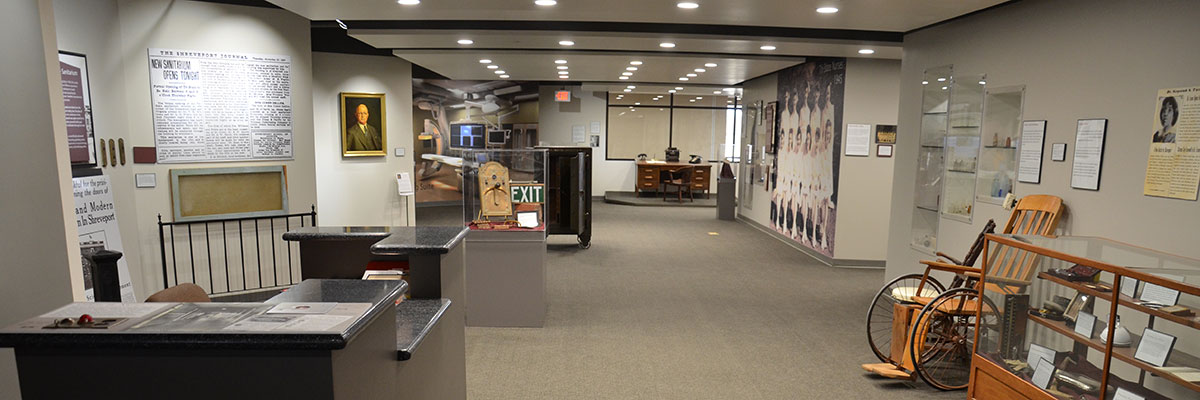
Medicine in the New South
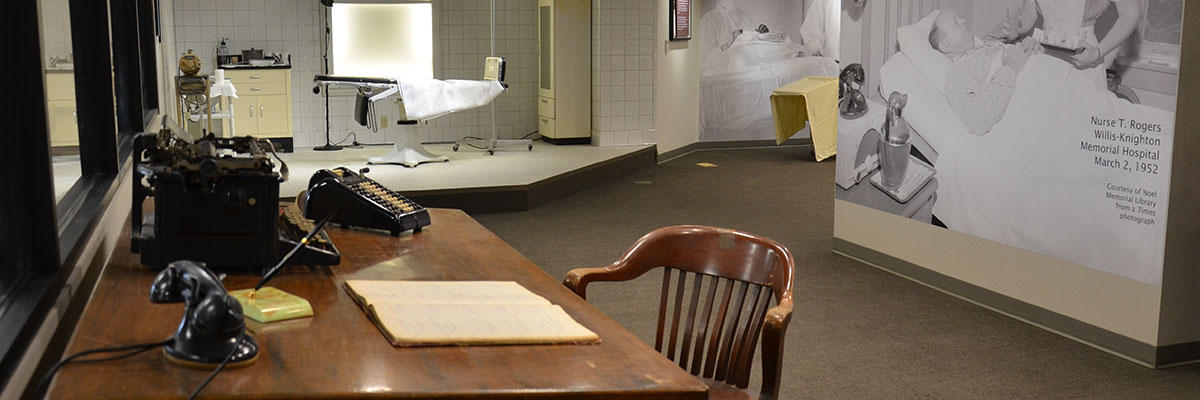
Medicine in the New South
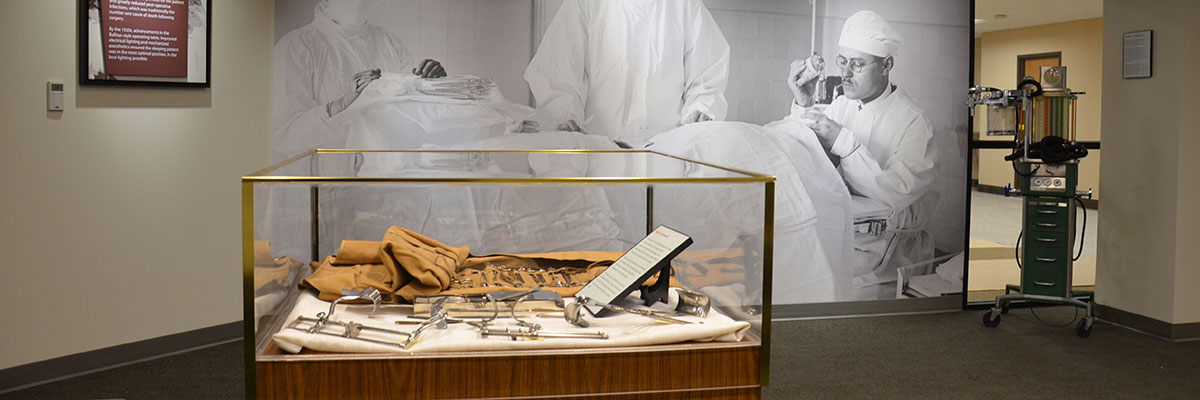
Medicine in the New South
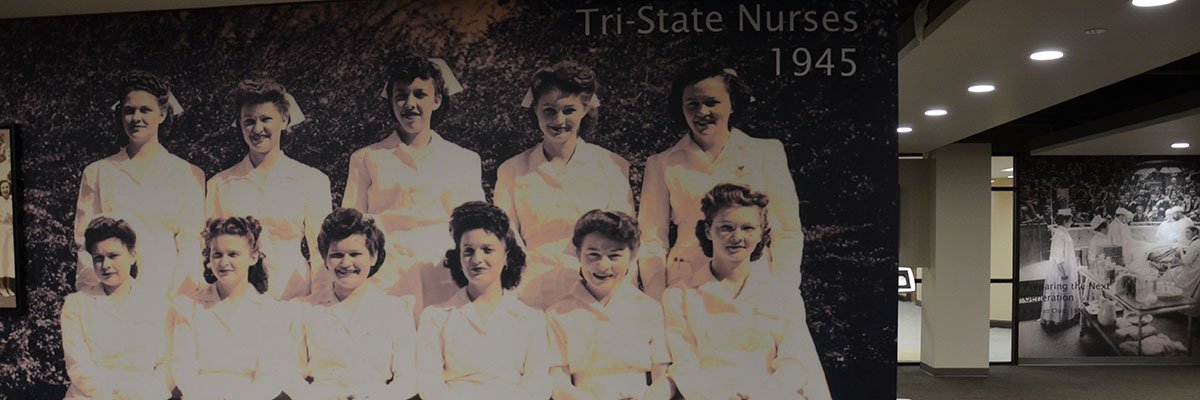
Medicine in the New South
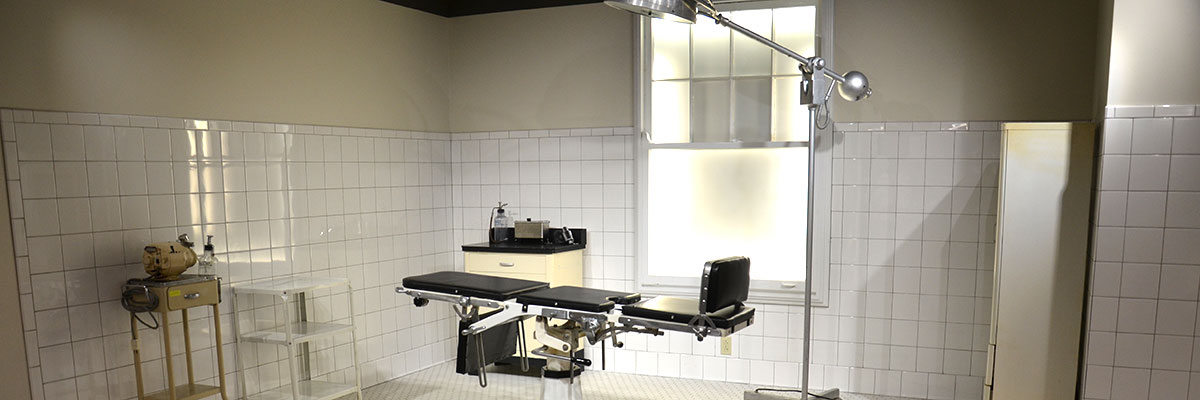
Traces the regional development of medicine from the end of the Civil War to the dawn of the twentieth century. Can you imagine sewing up a surgical incision with horsehair? Can you imagine the doctor coming to you for a house call when you are not feeling well? Highlights exhibit include a restored ca. 1890s doctor’s buggy, an extensive collection patent medicine bottles, vintage instruments and puzzling medical devices of years long since passed.
19th Century Electrical Medical Device
Description
Electricity was a strange new phenomenon in the early 19th Century. Medicine was quick to see in it an almost miraculous way to cure disease or alleviate pain. The Davis’ & Kidder’s Patent Magneto-Electric Machine was one of hundreds of devices that were produced and sold to doctors.
The Davis’ & Kidder’s device dates from the mid- to late 19th Century. The machine was patented in 1854 and made in New York City by W.H. Burnap. Burnap claimed the device would use static electricity created by turning the handle to cure heart disease, lockjaw (tetanus), consumption (tuberculosis) even spinal deformities.
This machine was one of thousands of “patented” devices that used electricity, magnetism, heat, light and other natural phenomenons. These were known, but little understood. It is likely none of them actually did help patients, but probably didn’t hurt them either. Today, electrical stimulation is used in various treatments especially for chronic pain by skilled and knowledgeable doctors.
Location in Museum
Medicine in the New South caseAge
circa 1854-1900Donor
Dr. Daniel Moller.


